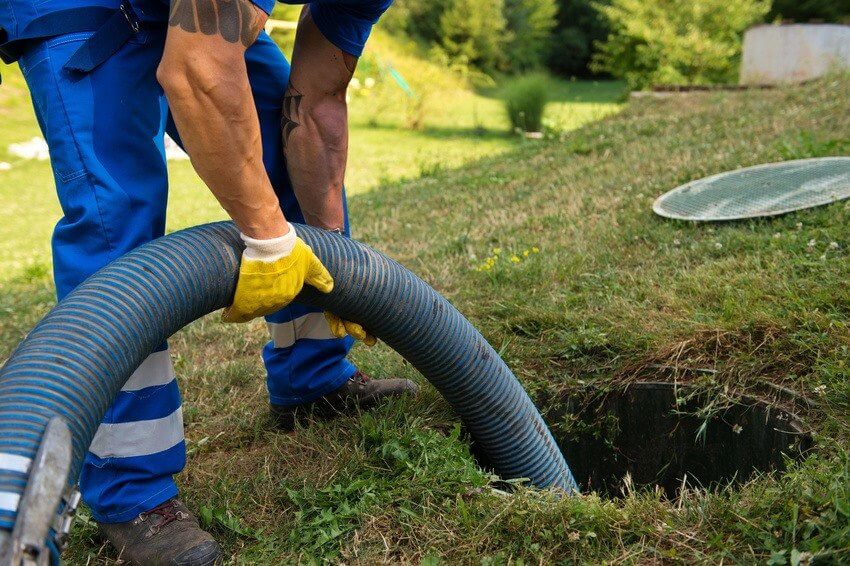How Long Does Trenchless Pipe Lining Last? Guide to Longevity, Benefits, and Maintenance
Trenchless pipe lining is a revolutionary solution for pipe repair and replacement. Offering minimal disruption to your property, it ensures a cost-effective and long-lasting resolution to plumbing issues.
But one key question that arises when considering this method is: how long does trenchless pipe lining last?
Today, we will explore everything you need to know about the longevity of trenchless pipe lining, its benefits, and how to maintain it for optimal performance.
Understanding Trenchless Pipe Lining
Trenchless pipe lining, also known as cured-in-place pipe (CIPP) lining, is a non-invasive technique used to repair damaged pipes without digging up the entire area. This method involves inserting a resin-saturated liner into the existing pipe, which is then cured to form a solid, durable pipe within the original pipe.
The main advantage of this technique is that it eliminates the need for extensive digging, reducing both time and disruption. Whether it’s for residential plumbing or commercial plumbing systems, trenchless pipe lining is gaining popularity for its long-lasting results and minimal impact on the surrounding environment.
Longevity of Trenchless Pipe Lining
The longevity of trenchless pipe lining depends on several factors, including the quality of materials used, the type of pipe being lined, and the specific conditions of the plumbing system. On average, properly installed trenchless pipe lining can last 50 to 100 years. This long lifespan makes it an excellent choice for homeowners and business owners seeking a permanent solution to their pipe problems.
Key Factors Influencing Longevity
- Quality of Materials The materials used in trenchless pipe lining are crucial for its durability. High-quality resin and fiberglass liners provide superior strength and resistance to corrosion, ensuring that the pipe lining will last for decades.
- Environmental Conditions The surrounding environment also plays a role in the lifespan of trenchless pipe lining. Extreme temperatures, soil conditions, and exposure to chemicals or tree roots can affect the longevity of the lining. However, with proper installation and maintenance, trenchless pipe lining can withstand a variety of conditions.
- Installation Process Proper installation by a skilled professional is essential for maximizing the lifespan of trenchless pipe lining. A poorly executed installation can lead to issues such as leaks, cracks, or insufficient curing, which can compromise the longevity of the system.
- Type of Pipe The type of pipe being lined also influences its durability. For example, older pipes made from clay or cast iron may require more careful attention during the lining process to ensure a secure fit and proper curing. Pipes made of PVC or concrete, on the other hand, are generally easier to line and may offer better results.
Benefits of Trenchless Pipe Lining

Minimal Disruption to Property
One of the primary advantages of trenchless pipe lining is the minimal disruption to your property. Traditional pipe repair methods often involve digging up large sections of your yard, driveway, or sidewalk, which can cause significant damage and inconvenience. Trenchless methods, however, require only small access points, allowing for damaged pipe repairs to be completed without disturbing the landscape.
Cost-Effective Solution
Trenchless pipe lining is often more cost-effective than traditional pipe replacement methods. While the upfront costs may be higher, the lack of excavation and restoration work significantly reduces the overall cost of the project. Additionally, trenchless pipe lining can save money on long-term repairs by preventing further damage to your pipes.
Faster Completion Time
Since trenchless pipe lining eliminates the need for extensive digging and excavation, the repair process is typically much faster than traditional pipe replacement methods. In many cases, the entire project can be completed in just one or two days, reducing the amount of downtime for your plumbing system.
Environmentally Friendly
Trenchless pipe lining is an environmentally friendly solution because it reduces the need for excavation, which can cause soil erosion and disrupt local ecosystems. By reusing the existing pipes, the amount of waste generated is also minimized, making it a greener choice compared to traditional methods.
Maintenance of Trenchless Pipe Lining
Although trenchless pipe lining is designed to last for decades, regular maintenance is still essential to ensure its longevity and effectiveness. Here are some key maintenance tips:
1. Regular Inspections
Scheduling periodic inspections is crucial to detect any early signs of damage or wear. Video camera inspections are commonly used to assess the interior of the lined pipe, ensuring that there are no blockages or issues that require attention.
2. Avoid Chemical Damage
While trenchless pipe lining is resistant to many chemicals, it’s still important to avoid the use of harsh chemicals in your plumbing system. Over time, the use of corrosive substances can weaken the liner and reduce its lifespan.
3. Prevent Root Intrusion
Tree roots can sometimes infiltrate pipes, even those that are lined. Although trenchless pipe lining is designed to resist root intrusion, it’s still important to maintain your yard and keep trees and plants away from the pipe access points to prevent root damage.
4. Monitor Water Pressure
Consistently high water pressure can place excessive strain on your pipes, including those lined with trenchless technology. Ensure that your water pressure is within the recommended range to prevent unnecessary wear on your system.
Bottom Line
Trenchless pipe lining offers a highly durable and cost-effective solution for repairing and replacing pipes. With an expected lifespan of 50 to 100 years, it is an investment that can save you both time and money in the long run. By understanding the factors that influence the longevity of trenchless pipe lining and following proper maintenance practices, you can ensure that your pipes remain in excellent condition for decades to come.
If you are considering trenchless pipe lining for your property, consult professional plumbing company Liquid Force Plumbing, we are specialising in this technique. Proper installation and regular maintenance are key to achieving the best possible results
